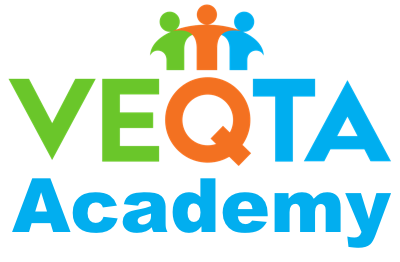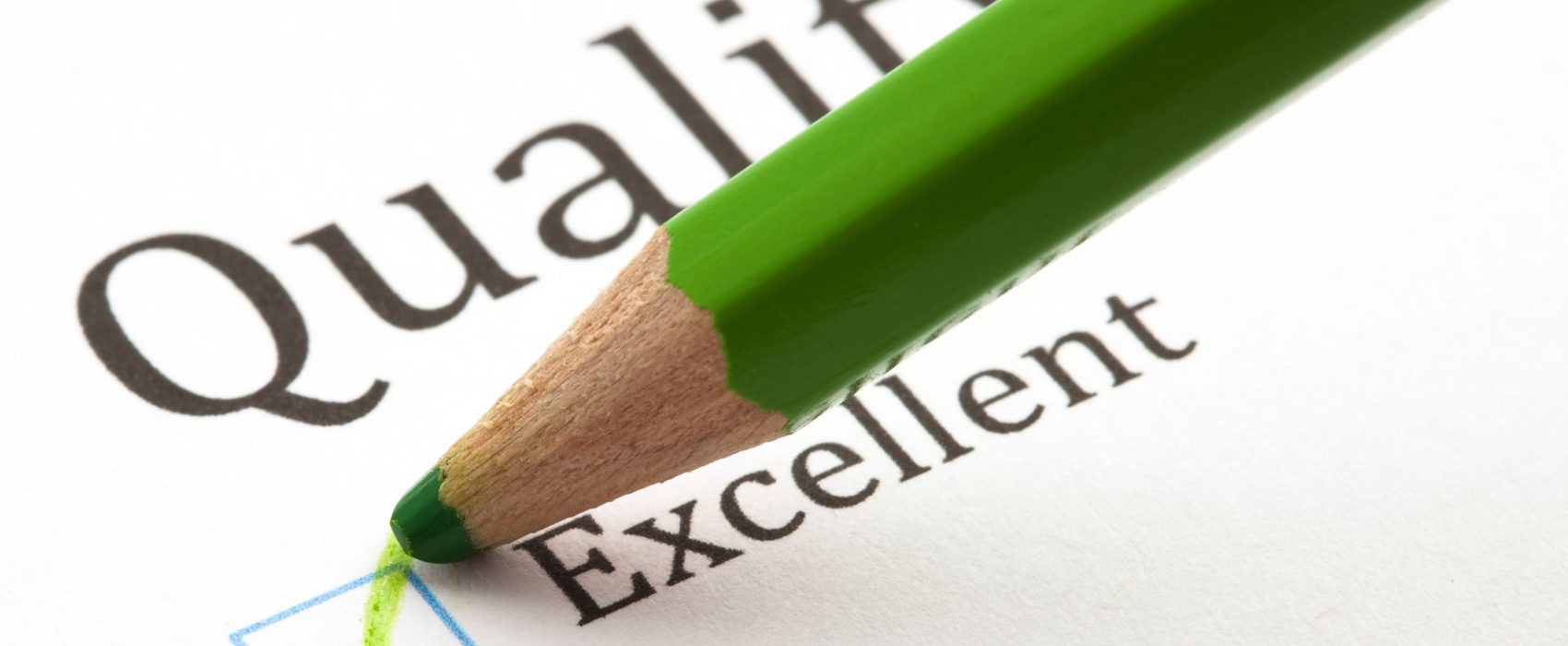The translation and localization industry plays a crucial role in facilitating clear and effective communication across language barriers. Quality Assurance (QA) within this domain encompasses various checks and balances designed to uphold the integrity, functionality, and clarity of translated materials.
Language Revision QA
Linguistic QA ensures that the translated text adheres to the grammatical rules and syntax of the target language. This step involves scrutinizing the translation for linguistic precision, including correct spelling, punctuation, and grammatical structures, and is crucial for maintaining the professionalism and clarity of the content. It is conducted as part of the Translation, Editing and Proofreading process. This is not to be confused by linguistic assessment where a legacy translation translated by an external party is evaluated.
Translation Project Management QA
Project Management QA focuses on aligning the translated content with specific technical requirements. This includes ensuring proper formatting, adherence to file specifications, and correct integration of the localized content into digital formats like software, websites, and mobile applications, which is critical for maintaining the usability and navigability of digital platforms in various languages. The Project Manager checks the overall completeness of deliverables and compliance with instructions. The QA checker verifies adherence to termbases and styleguides if they exist, that Do Not Translate (DNT) lists have been shared with the editor, and that any query reports have been duly processed.
Project Management QA also involves employing specialized software to efficiently detect inconsistencies in the translation, which could indicate errors. Tools like X-Bench QA can identify untranslated segments, inconsistencies, and typographical errors at scale. The software is used to run reports on translated texts; for example, if two different target language translations are identified for the same source term, it’s flagged as an inconsistency for the editor to review and correct as necessary to ensure a consistent translation.
Compliance QA
Compliance QA ensures that the translated content aligns with existing professional legacy content used by the client in their industry field. This QA is vital in sectors such as pharmaceutical, finance, and legal, where precision in terminology and adherence to regulatory guidelines are paramount. It involves verifying that glossary terms, style guides have been observed, and that queries raised and issues mentioned by Subject Matter Experts have been addressed.
Functional QA Testing
Functional QA tests the localized product to ascertain its operational integrity in the target language environment. This includes assessing interactive elements, user interfaces, and overall workflows within software or websites to identify any issues that may impair user experience. It ensures that the product functions seamlessly for the end-user, irrespective of language changes.
Linguistic Quality Assurance (LQA): Websites and Apps
Linguistic Quality Assurance (LQA) occurs after the content has been integrated into its final format, such as a for a website translation or an app. It addresses the presentation and layout of the localized content, assessing visual integrity and functional layout. LQA examines how text expansions or reductions affect the overall appearance and usability of the translated digital content, ensuring elements like menu items in applications or websites remain fully visible and properly aligned. LQA is crucial for preventing disruptions in user experience due to formatting issues, line breaks (particularly important for languages that don’t have space in between words such as Thai and Khmer), ensuring the localized content is both accessible and aesthetically consistent. Its findings are reported in a bug report with screenshots, which is then shared with the content integrator, often a content development or IT team on the client’s side.
Quality Assurance in translation and localization is a layered and technical process, critical for delivering high-quality, functional, and accurately translated content. By incorporating various QA measures, we can ensure that translations not only meet the high standards of linguistic accuracy but are also presented and function optimally across languages. Effective QA practices are essential in overcoming the technical challenges of localization, enabling content to seamlessly serve its intended global audience




